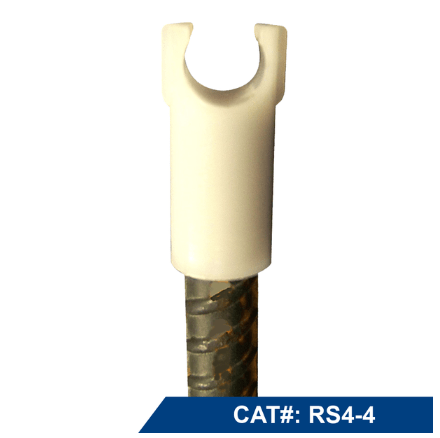Have a situation where I need 6 inch cover to the bottom of the rebar on a spread footing. The contractor simply drove short staubs of rebar into the ground to tie the rebar off to instead of finding 6 inch chairs. The inspector failed it saying the rebar is not allowed to touch the ground. I assume this is because the rebar will rust and spall the concrete. I can modify my detail so he can use 3 inch chairs but for future reference is this really an issue in practice?

